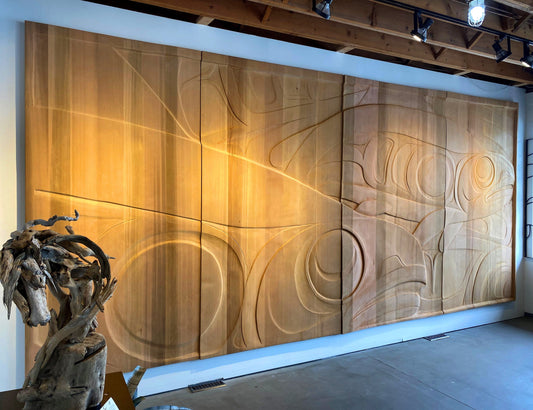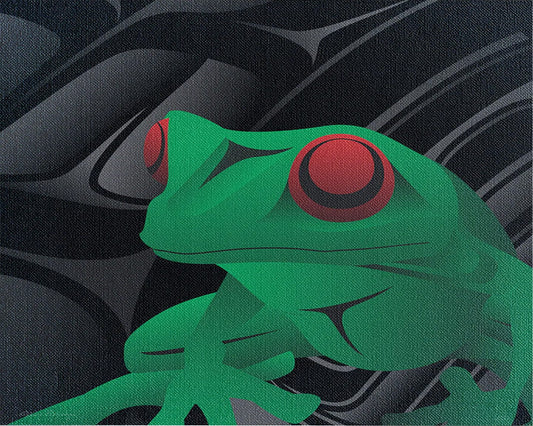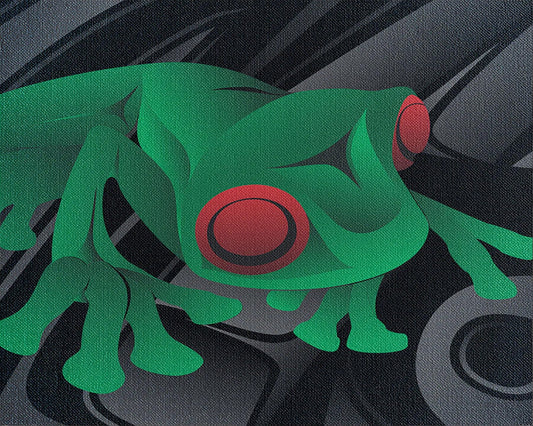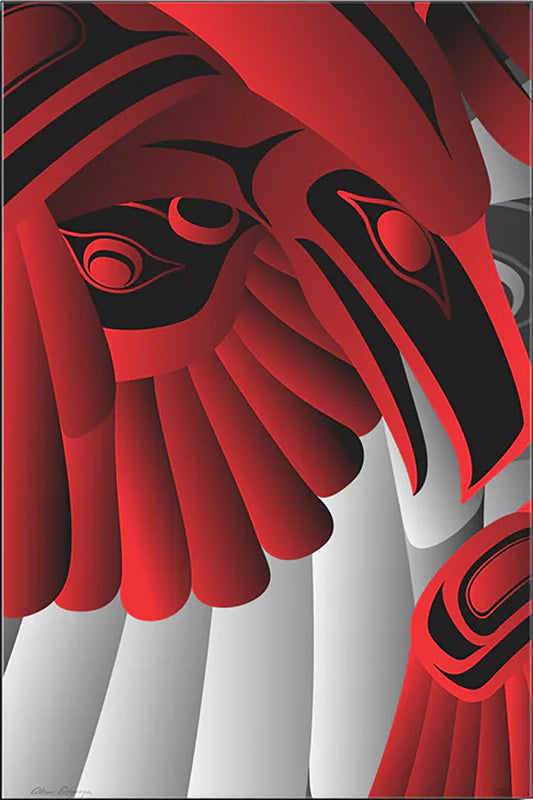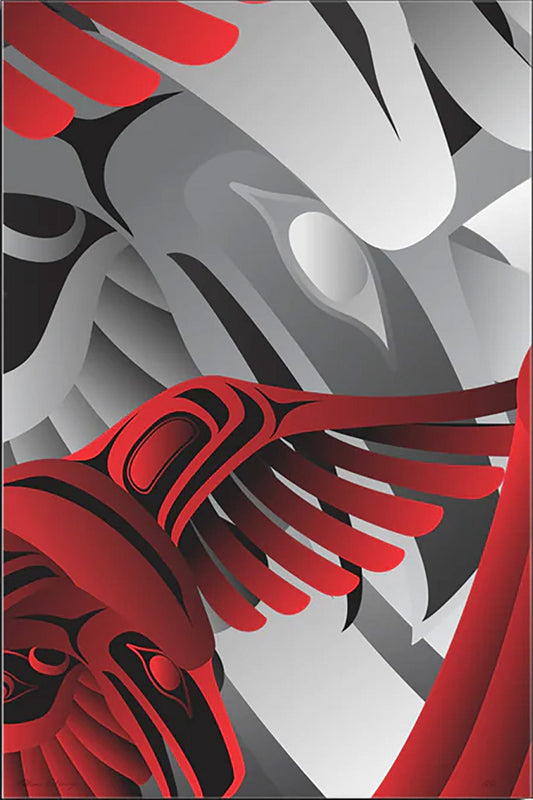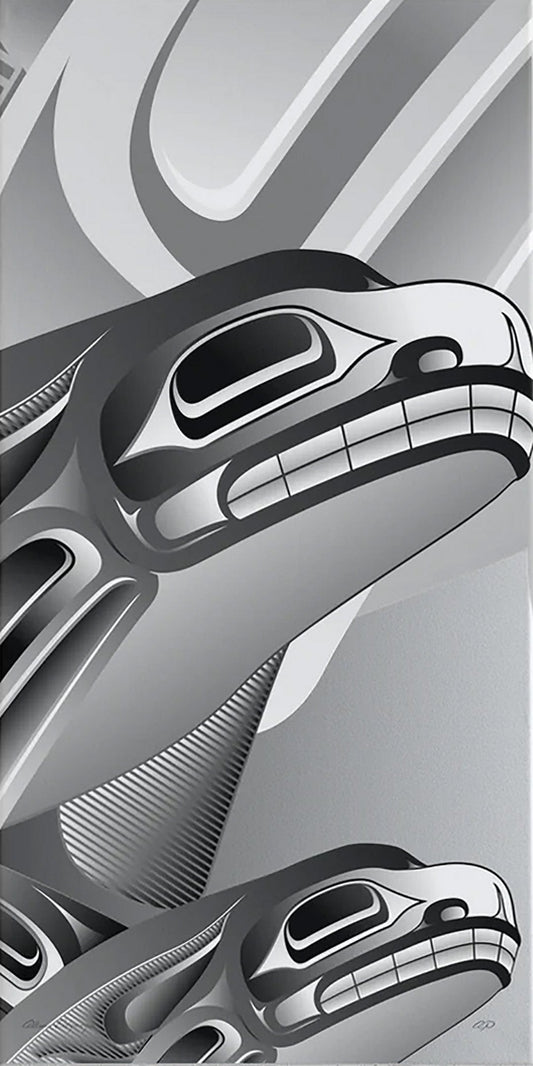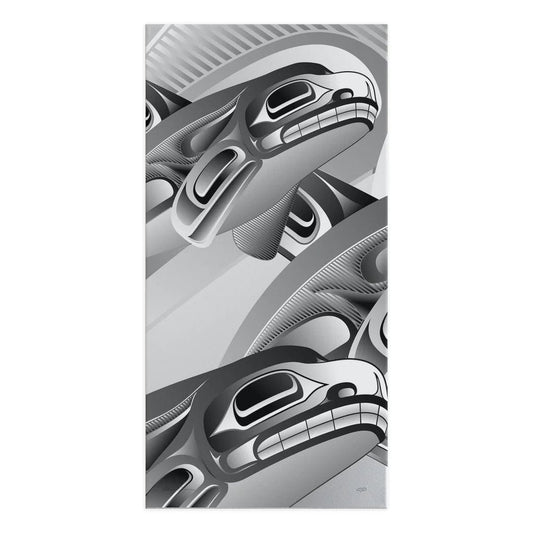Alano Edzerza
-
Salmon People Cedar
Vendor:Alano EdzerzaRegular price $88,000.00 CADRegular priceUnit price / per -
Smoke Hole
Vendor:Alano EdzerzaRegular price $0.00 CADRegular priceUnit price / per -
Skookums Dream I
Vendor:Alano EdzerzaRegular price $0.00 CADRegular priceUnit price / per -
Skookums Dream II
Vendor:Alano EdzerzaRegular price $0.00 CADRegular priceUnit price / per -
Skookums Dream III
Vendor:Alano EdzerzaRegular price $0.00 CADRegular priceUnit price / per -
Gift of the Raven 1/3
Vendor:Alano EdzerzaRegular price $0.00 CADRegular priceUnit price / per -
Gift of the Raven 2/3
Vendor:Alano EdzerzaRegular price $0.00 CADRegular priceUnit price / per -
Gift of the Raven 3/3
Vendor:Alano EdzerzaRegular price $0.00 CADRegular priceUnit price / per -
Still Making Waves 1 of 3
Vendor:Alano EdzerzaRegular price $0.00 CADRegular priceUnit price / per -
Still Making Waves 2 of 3
Vendor:Alano EdzerzaRegular price $0.00 CADRegular priceUnit price / per
-
Alano Edzerza
-
Alano is a Tahltan multimedia artist based in West Vancouver, British Columbia. Born in 1981 in Victoria, British Columbia, he is a member of the Ganhada (raven) tribe. He has participated in numerous group and solo shows in Canada and abroad and is one of the key artists in the contemporary Northwest Coast art movement. Alano cemented his international reputation during the 2010 Olympic Winter Games when he designed the outerwear for the Dutch Olympic team.
In his childhood and teenage years, Alano attended schooling in his hometown of Victoria, where he honed his natural talent. At the age of 13, he earned his first award for his sculptural work. After finishing school, he worked under the instruction of artist Terrance Campbell, and later moved to Arizona in 2002 to learn jewellery design under Rick Charlie.
Alano has taught and volunteered with the youth organizations such as KAYA (Knowledgeable Aboriginal Youth Association), the Freida Diesing School for Northwest Coast Native Art, NYAC (Native Youth Arts Collective), as well as judging the YVR Art Foundation Scholarship for young Native artists.
Alano’s art takes inspiration from his heritage through regional and ancestral symbols such as whales, eagles, and spirits like the raven. As well, his interest in graphic design has led him to begin pieces through graphic interfaces in vector format in order to move through different mediums such as graphite, acrylic, glass work, large-scale installations, and wood panel carvings. “This is the art of a once dying culture. It’s the art that is bringing the culture back; alive.”
Artist Statement:
A very long time ago we all lived in darkness. At the same time an extraordinary shape shifter named Tsiskiye-Cho existed. During his time, Tsiskiye-Cho used his gifts to bring light into the world, as we know it today. The light was simply a metaphor for enlightening all of us with his knowledge. Tsiskiye-Cho made his life’s mission to share this, art, and culture for all people. My art is a vehicle to be a part of this movement and continue Raven’s mission and legacy together.
If you were to walk around, two hundred years ago, from California to Alaska you would see, wear and live northwest coast art and culture. I want to be a part of the movement that will allow this to happen once again.
People of the northwest coast did not develop a written language; they developed an art form to tell the stories of our histories. This art form developed into one of the most advanced art forms in the world. This is also what makes this art so beautiful. The ways that balance is used within the form-line. When you look at a piece your eye subconsciously continues to move studying the design because one shape flows into the next using variation of curves and thicknesses.
This is the art of a once dying culture. It’s the art that is bringing the culture back alive. This is the reason why I work so hard towards my goal.

